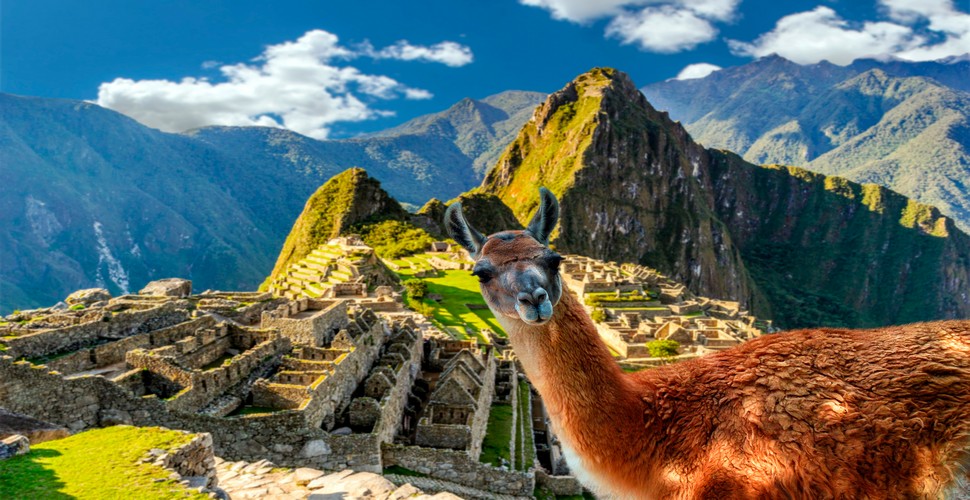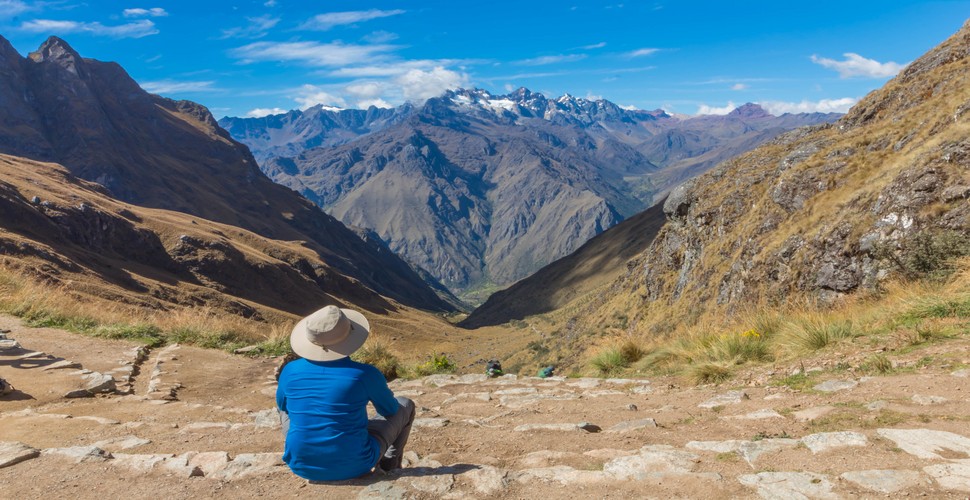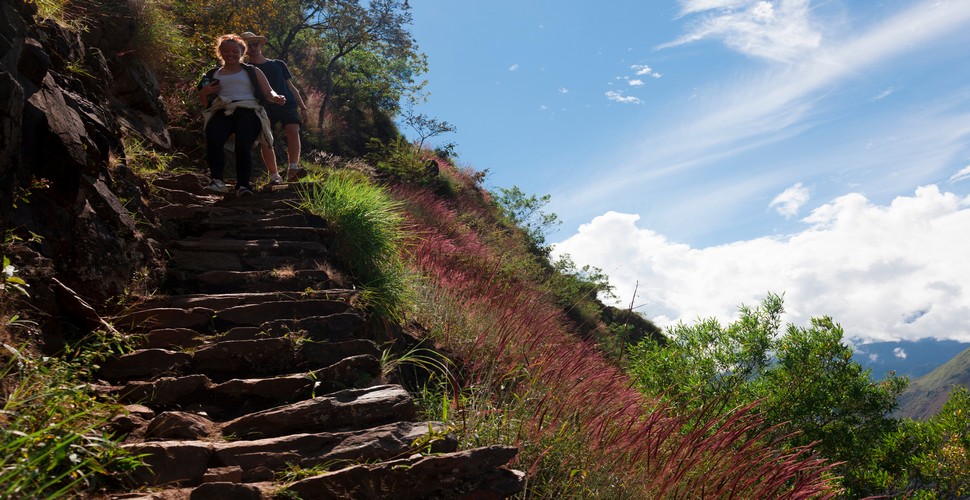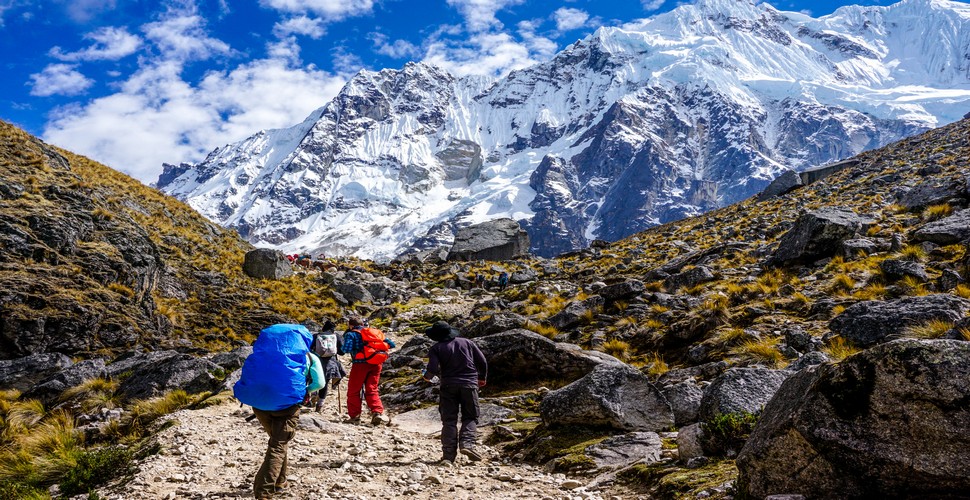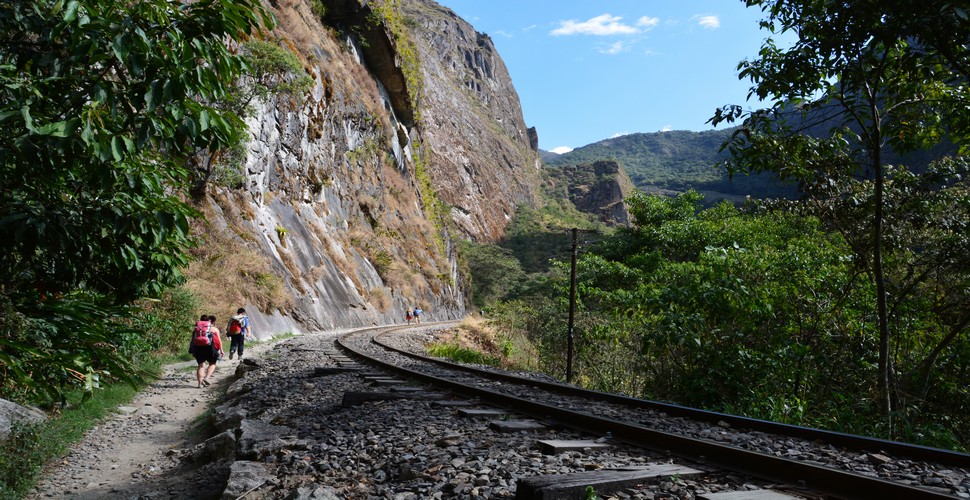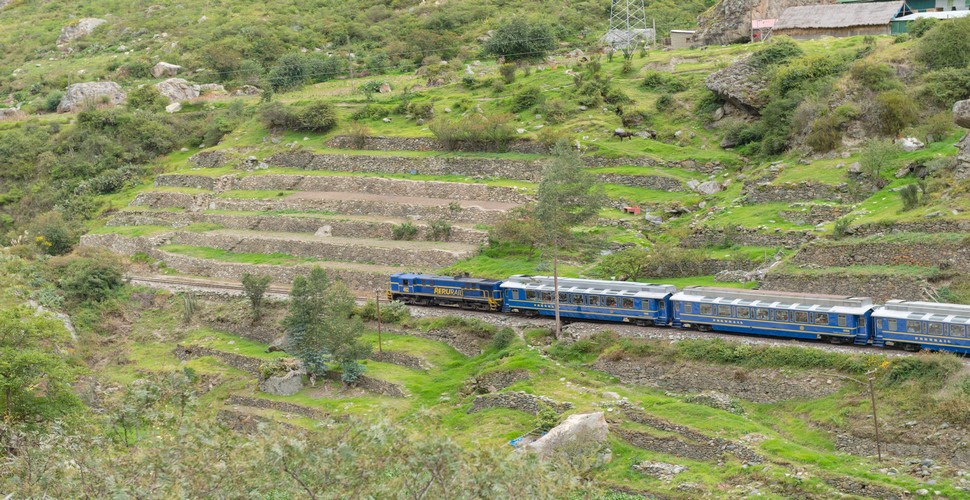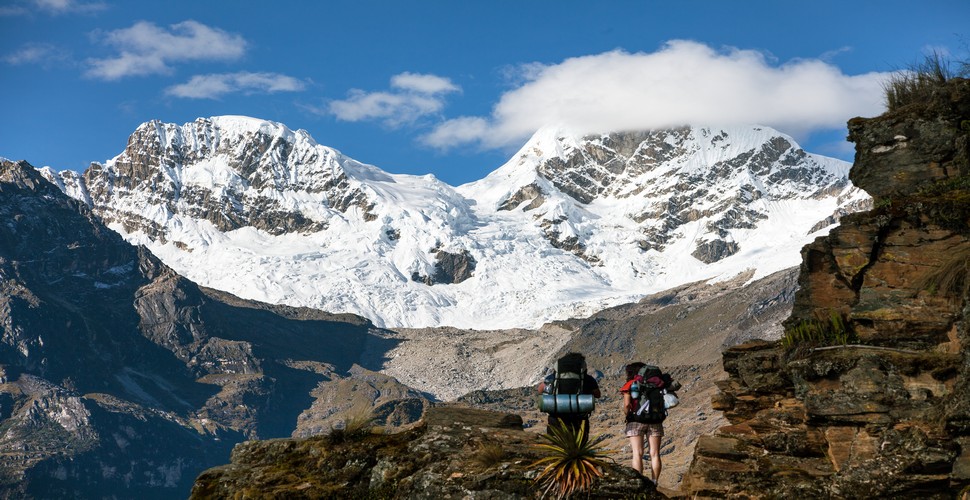

Claire Dean
Travel in South America is a joy to behold. The rich variety of destinations, experiences, landscapes and geography fascinated me so much, that I chose to relocate here, over 20 years ago! The best thing I ever did! Allow me to share my knowledge and passion for Central and South America with you and help you plan your holiday of a lifetime!

The Best Ways to Get to Machu Picchu
Written by:Claire Dean
Published: 2022-06-28
The archaeological site of Machu Picchu sits on an isolated mountain ridge where the Andes Mountains meet the Amazon Rainforest. This impressive location reduces the ways for how to get to Machu Picchu. Machu Picchu, the mystical Inca city in Peru, was so well placed that the Spanish Conquistadores never found it and it remained hidden for centuries until it was rediscovered in 1911 by Hiram Bingham and subsequently declared a UNESCO World Heritage site in 1983. With millions of visitors each year, the paths leading to the sacred city are no longer shrouded in mystery. Here are the best ways to reach Machu Picchu.
Llama Time at Machu Picchu
The Inca Trail
The Inca Trail is the most authentic trail to Machu Picchu and one of the most iconic trekking experiences in the world. It is part of an extensive Andean road system built by the Incas called the Qapaq Ñan, spanning 30,000 km, and was declared a UNESCO world heritage site in 2014. With a length of 45 km and reaching an altitude of 4,200m in elevation, the Inca Trail passes through several types of Andean environments, including cloud forest and alpine tundra, with many Incan ruins along the way. It is the only trail that actually reaches the Sun Gate, Inti Punku, the historic entry point to Machu Picchu, from which hikers enjoy a spectacular view over the sacred city. The ‘Classic’ Inca Trail takes four days and three nights and, in an effort, to reduce damage done from over-use, authorities have restricted the number of people allowed on the trail to 500 per day, roughly 200 trekkers and 300 guides and porters. Hikers are not permitted to trek the Inca trail without a guide and as a result, books out months in advance, especially in high season.
View from Dead Woman´s Pass
The Short Inca Trail
Getting to Machu Picchu on the two-day Inca Trail consists of a stunning train journey, to access Km 104, the beginning of the Short Inca Trail hike. You will disembark the train around 30 minutes before Aguas Calientes at what will appear to be the middle of nowhere, the stop KM 104. From here, the hike will take you into the Andes Mountains and will ascend up around and down this mind-blowing mountain range. It is an intermediate hike that can take anywhere from 5-8 hours. There are plenty of steep climbs and tight curves, but they are all worth the stunning views from the top of the world in Peru. This shorter option joins the classic Inca Trail on its day 3 allowing you to trek into Machu Picchu through the sun gate, but with no camping involved. After the first day’s trekking, you will spend a night in Aguas Calientes in a hotel with the Machu Picchu visit on the second day.
Short Inca Trail
Salkantay Trek
If there are no permits for the Inca Trail, then the second favourite option is the Salkantay Trek. The trek offers a similarly diverse trekking experience with a mix of different terrains, ranging from snowy peaks to tropical areas. The biggest highlight of the 55-km trek is crossing the Salkantay Pass at a lung-bursting 4600m elevation with spectacular vistas into the valley below and views of the surrounding snow-capped peaks. Starting in Mollepata or Soraypampa, the Trek finishes in Aguas Calientes, where hikers stay for the night before visiting Machu Picchu the next day. Officially renamed Machu Picchu Pueblo, Aguas Calientes is the town closest to Machu Picchu and the principal access point through which most visitors must pass either on their way to the sacred city.
Salkantay Trek
By Car
‘Machu Picchu by Car’ is a great option for travelers with limited time and money and who wish to get to Machu Picchu without being part of a guided tour. The name is somewhat misleading as travelers are not driven all the way to Machu Picchu. Dozens of minibuses take passengers to nearby Hidroelectrica, a hydroelectric power station at the end of a long and narrow dirt road in the Urubamba Valley. Hidroelectrica is connected to Aguas Calientes via a train line, but many people prefer complete the route on foot instead. Taking two to three hours, the hike itself is an easy one across even terrain, but in beautifully scenic surroundings no less. Following the train tracks as they snake through the Urubamba Valley alongside the river, hikers first pass Machu Picchu Mountain and Wayna Picchu to their right and then circle around the Putucusi Mountain to their left until they reach Aguas Calientes.
Final section by foot along the train tracks
By Train
For travelers short on time and otherwise not able or willing to trek to Machu Picchu, arrival in Aguas Calientes by train is the ideal solution. It is also the only option with which travelers can avoid an overnight stay in the village altogether and instead arrive in the morning from either Ollantaytambo or Poroy (Cusco). Prices for tickets differ depending on the advanced time of booking, the time slot chosen for the day of travel and the type of train. The Vistadome and Expedition trains come with large panoramic windows and skylights through which passengers can enjoy the stunning views of the Sacred Valley. Trains depart for the three-hour train journey from Poroy, a small village outside Cusco, or the 1:30-minute ride from Ollantaytambo several times a day. The Belmond Hiram Bingham offers a luxury level of service with the inclusion of gourmet food, drinks and on-board entertainment. Running only between Poroy and Machu Picchu, the service offered during the three-hour train is reminiscent of luxury exclusive train travel on the Orient Express, with all the creature comforts thrown in.
Train To Machu Picchu
Other Hikes
A number of different hikes have been adapted with Machu Picchu being the final destination, via of course, Aguas Calientes. These include the magnificent 4 day Lares trek, The 9 day Choquequirao Trek, not for the faint-hearted, and The Moonstone Inca Quarry trek which takes 5 days. Whichever your chosen option, the prize at the end of the day is the magnificent Machu Picchu!


